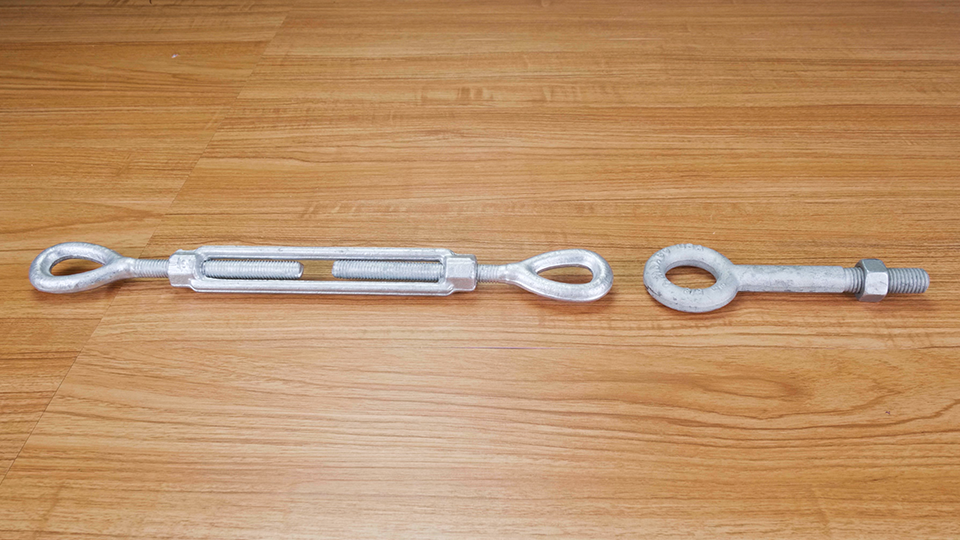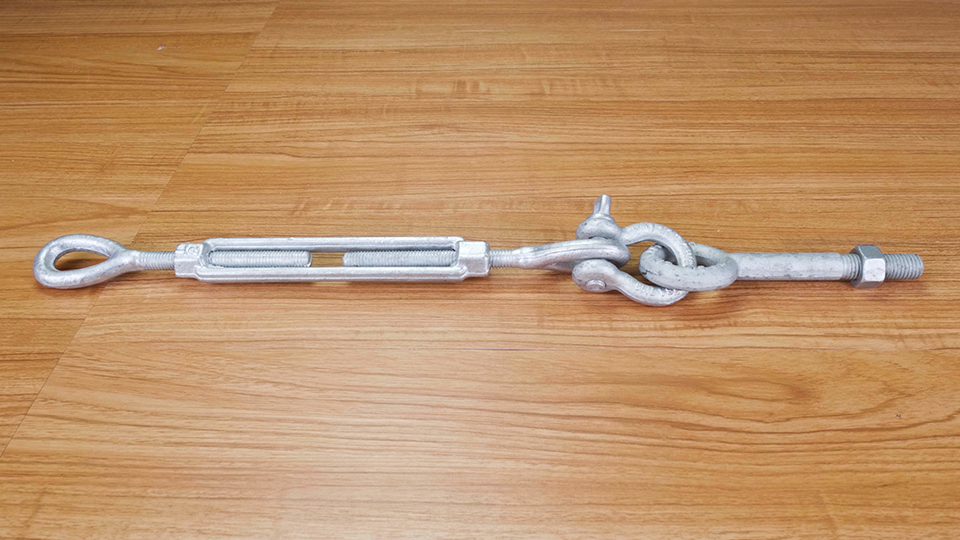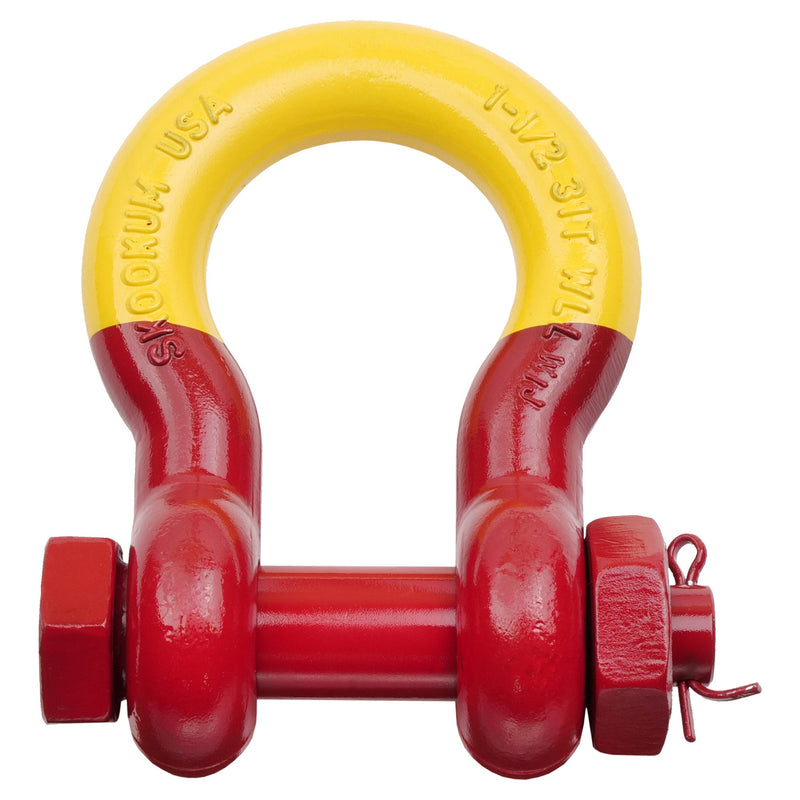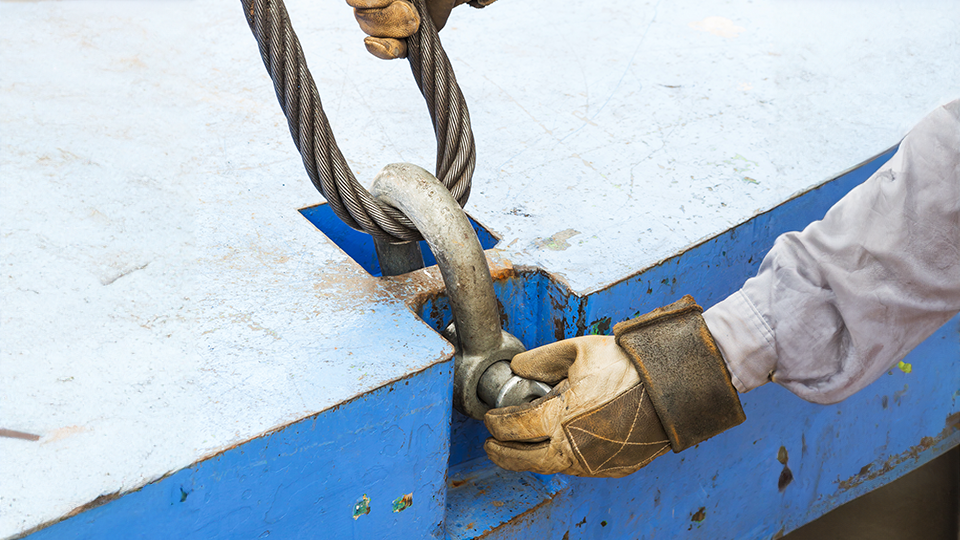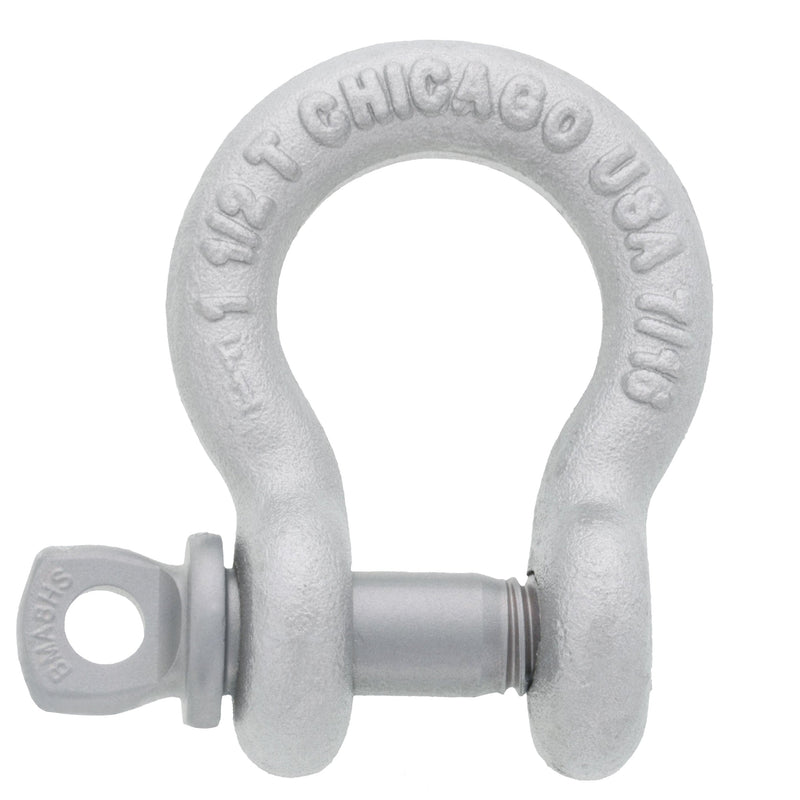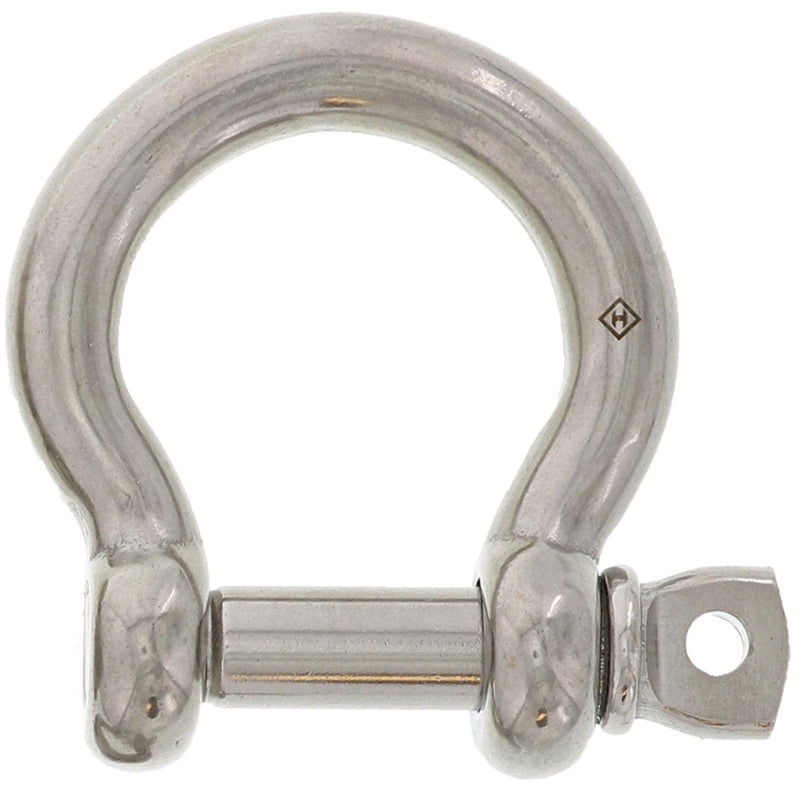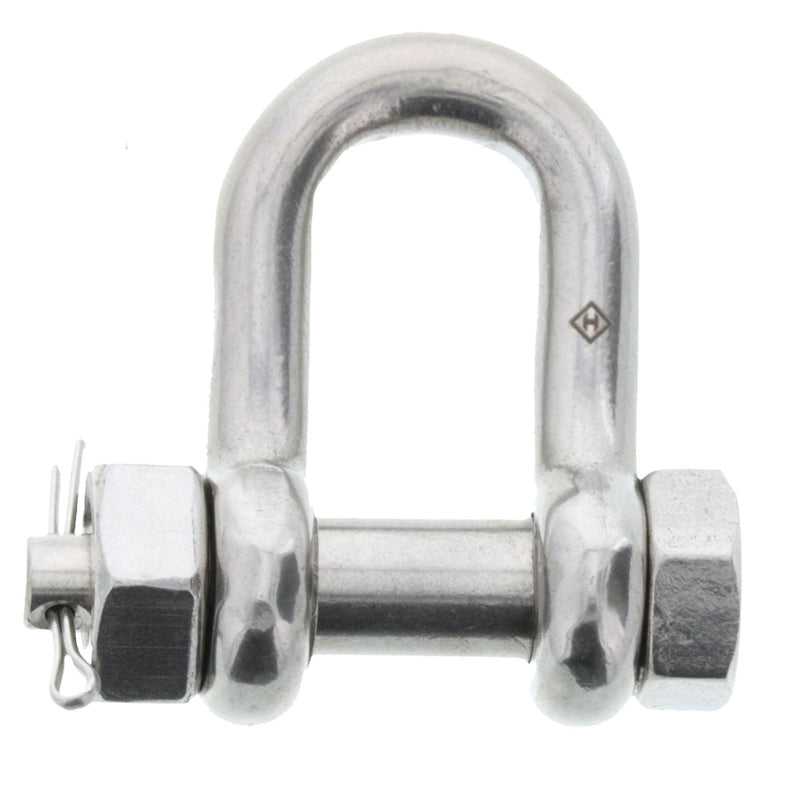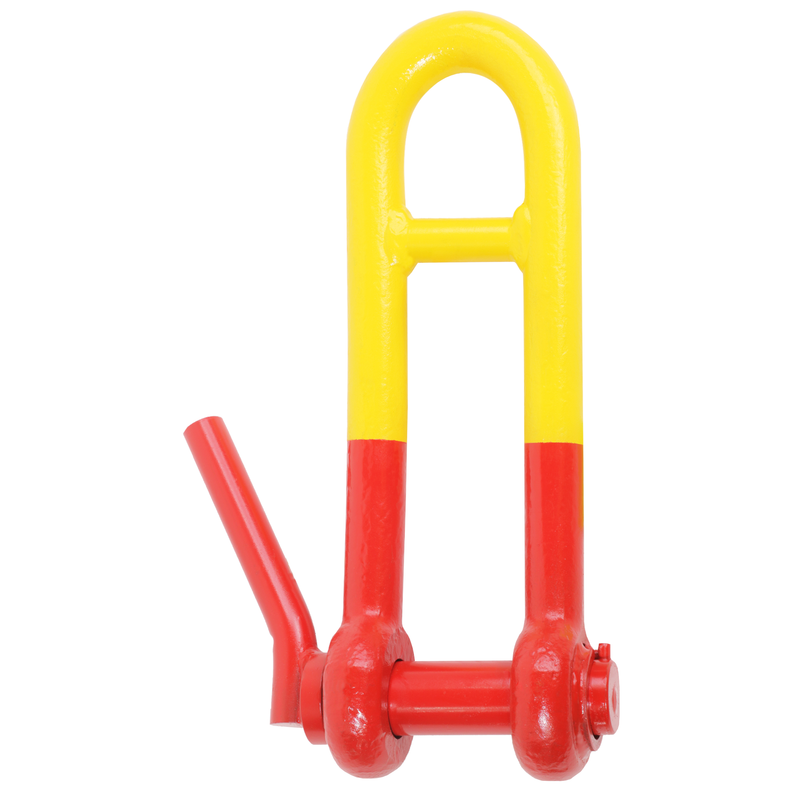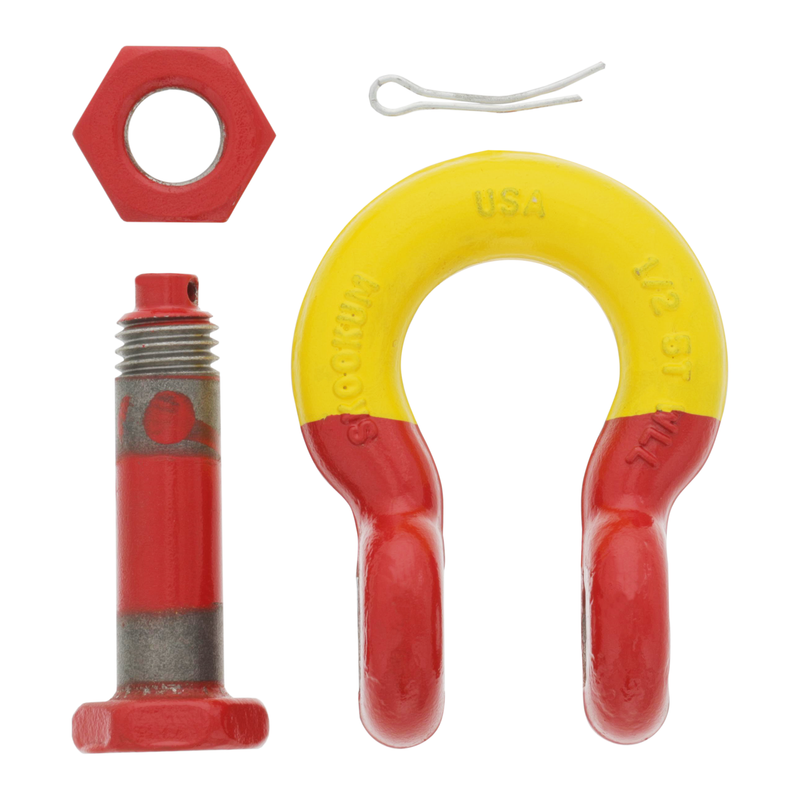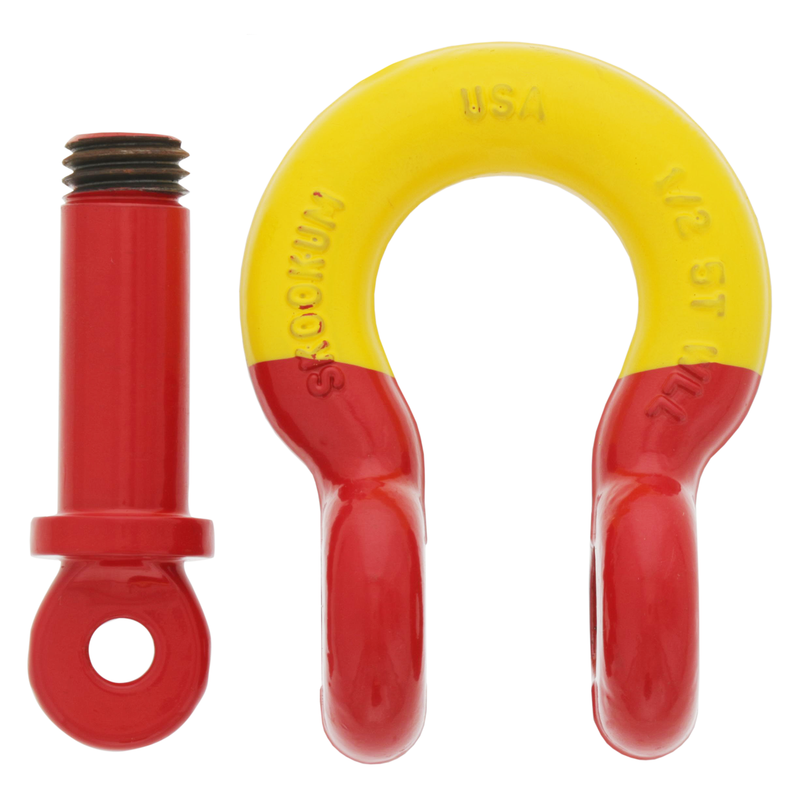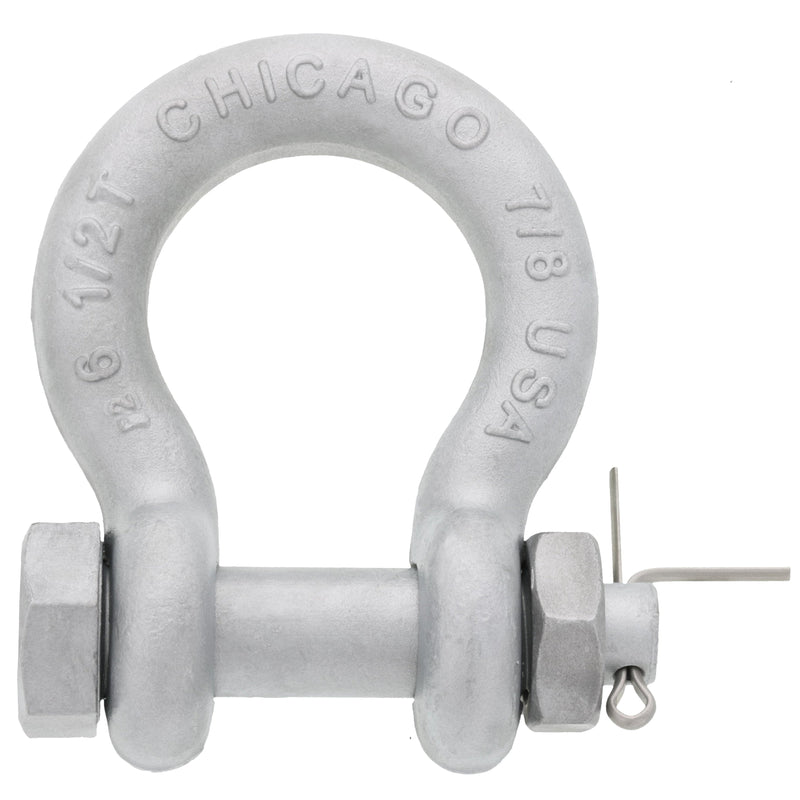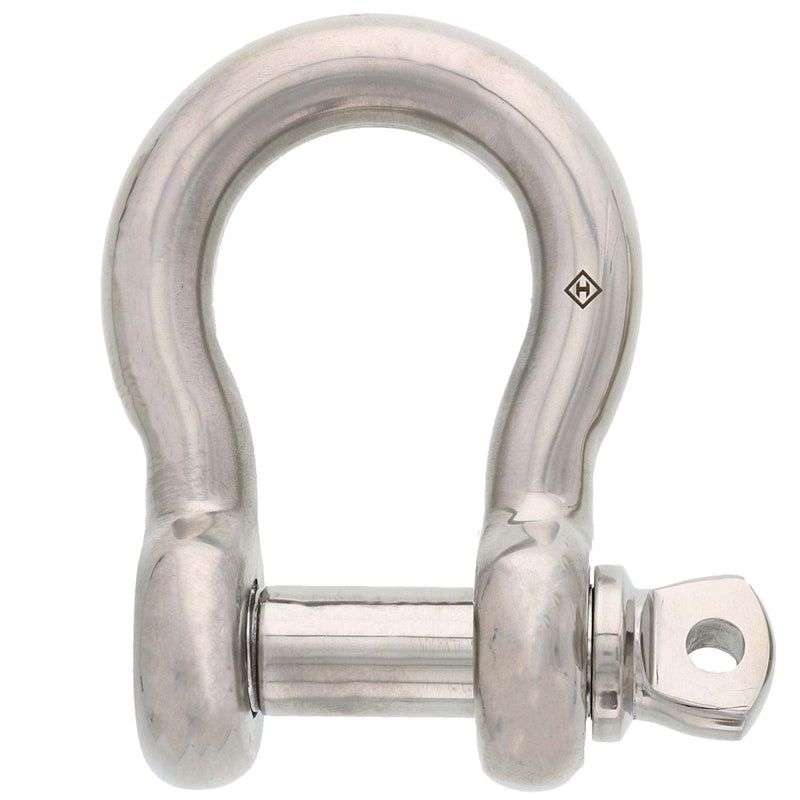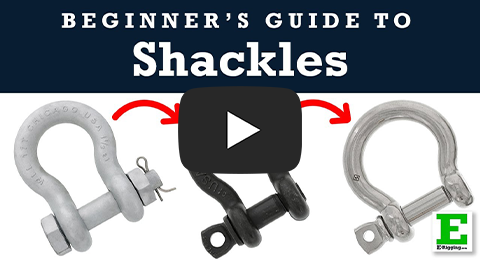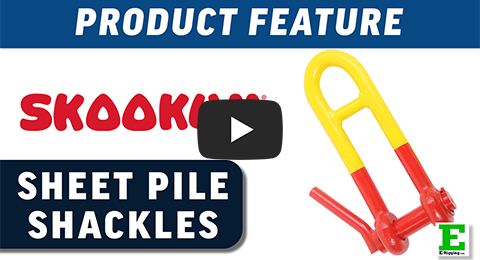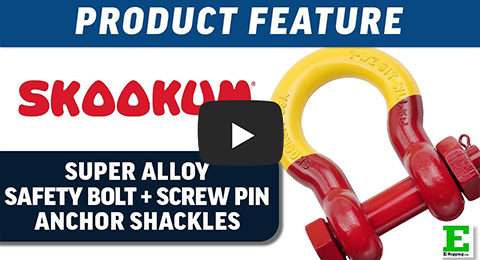What Are Rigging Shackles

In the world of rigging, shackles are an undeniable must when completing a wide array of suspension and support projects. From bridges and communications towers to sunshades and tree planting, the shackle is the link connecting them all. Below you’re going to learn about shackle anatomy, common material and coating types, shackle types, shackle use cases, and other basic information to help you select the best shackle for your application.
Shackles are a type of rigging fitting that’s used as an attachment component for lifts or suspension.
Shackle Anatomy
When referring to shackles, it’s important to know that right nomenclature. The “bow” indicates the top or closed end, the “ears” refer to the open end and where the pin slides or screws through, and lastly, the “pin” slides or screws through the ears to close off the connection. Specifications of these parts of the shackle are important to know in the project planning stage. On our site you can find each shackles’ dimensions in their respective product pages to make sure you make the right purchasing decision.Shackle Working Load Limit and Side-Loading
On any given rigging project, safety is of the highest importance. When putting a rig together, always consider working load limits and load configuration. NOTE: Refer to ASME B30.26 for all guidelines pertaining to overhead lifting and suspension.WLL
Always ensure that the selected shackle meets or exceeds the working load limit for each specific task and is comparable to the Working Load Limit (WLL) of other rigging hardware being used in the lift or suspension.Side-Loading
Whenever a shackle is used to pull or lift a load at an angle greater than 5° from the shackle’s centerline, it is referred to as “side-loading”. All side-loading comes with specific load reduction that must be factored into the WLL of the rig. For example, if the shackle is loaded at any angle from 6° - 45°, that shackle WLL should be reduced by 30%. From 46° - 90°, the WLL will be reduced by 50%. Loading at any angle over 90° is NOT recommended.Varieties of Shackles
Over the years, shackles have taken on plenty of unusual and often bizarre shapes to best perform in specific applications.
Anchor Shackle
These shackles are the most recognizable and versatile shackles by far. They can be side- or cross-loaded when factoring in load reductions to the in-line working load limits.Bow Shackle
Bow-type shackles technically fall under the anchor category but are used for the bow’s increased radius to prevent a web sling from kinking or bunching during a lift.Chain/D Shackle
The Chain or D-type Shackle is recognized for its slimmer bow, making a “D” shape when held on its side. It’s designed to connect to chain and rated for in-line tension only. When in use, the center of the load should always coincide with the center line of the shackle.Specialty Shackles
Shackle Pin Varieties
When lifting and suspending with shackles, it’s important to understand the function and the application of the two pin varieties.
